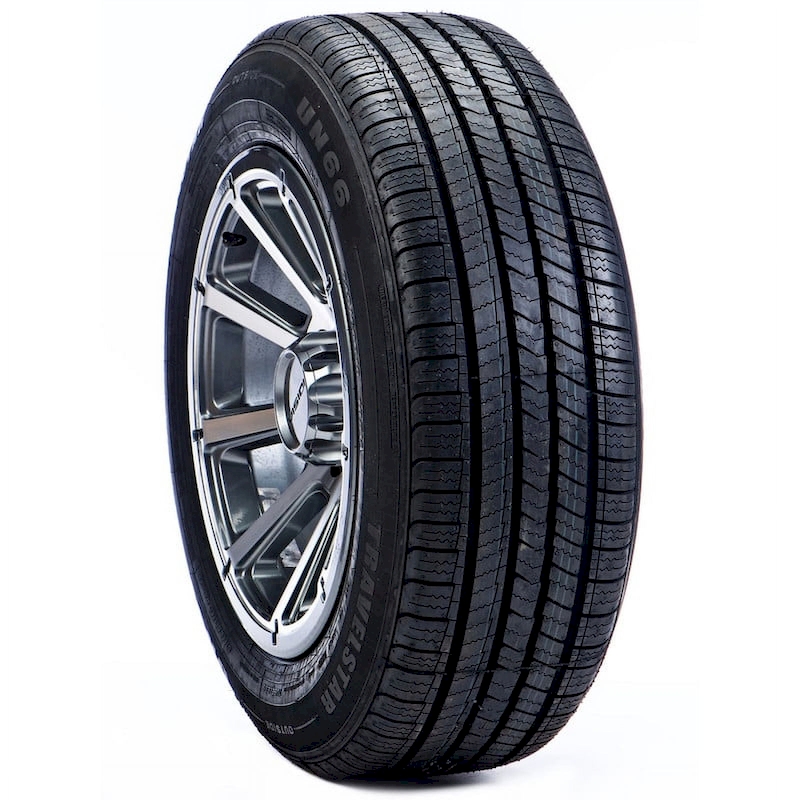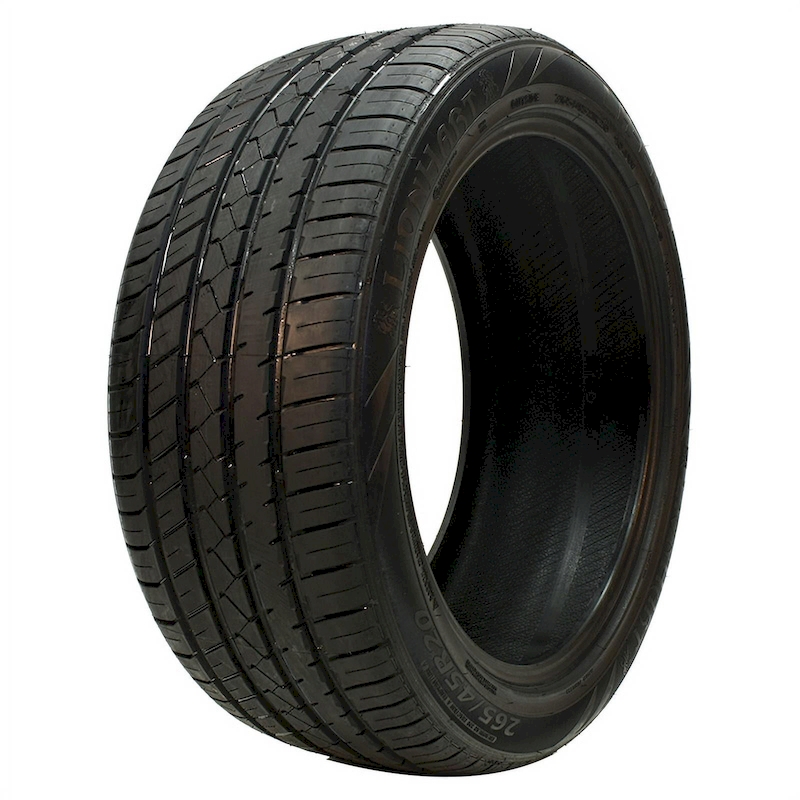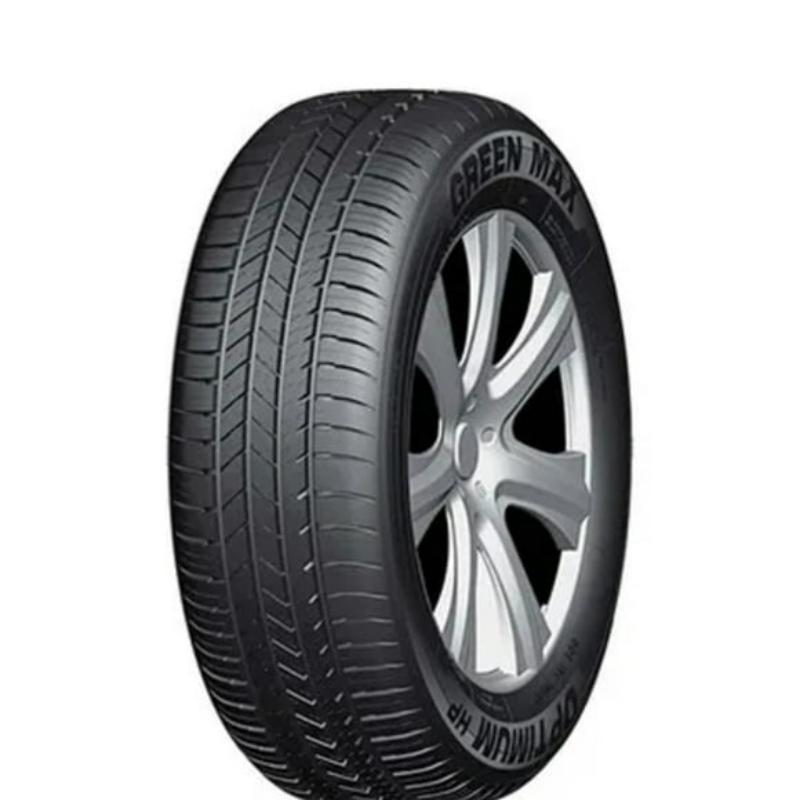Understanding what happens to old tires is essential for vehicle owners and environmentally conscious individuals alike. Tires are a crucial component of any vehicle, and they don’t last indefinitely. As they age, wear down, or become damaged, drivers must replace them. But what happens to these worn-out rubber materials once they are no longer safe or effective for driving? Disposing of old tires has become a significant concern due to environmental issues and the challenges associated with tire waste. This comprehensive article delves into the various disposal methods, the impact of tire waste on the environment, recycling initiatives, and innovative ways to repurpose old tires. By shedding light on these aspects, we aim to raise awareness about the importance of sustainable disposal practices for old tires and their potential contributions to the circular economy.
The Lifecycle of Tires: From Production to Disposal
To understand what happens to old tires, it is vital to first examine the lifecycle of tires. This journey begins with their production and ends with disposal or recycling.
Tire Production
The process of tire production involves multiple stages, including selecting raw materials, manufacturing, and quality control. Manufacturers primarily use a combination of natural rubber, synthetic rubber, fabric, steel, and various chemical additives. Each component possesses specific properties, creating tires that are durable, flexible, and capable of withstanding different environmental conditions.
Use and Wear
Once produced, drivers put tires to use on vehicles, where they provide traction, handling, and stability. However, tires wear down over time due to road conditions, driving styles, and weather influences. Tread depth remains a critical consideration; once the tread wears down to the minimum allowable depth, drivers need to replace the tire, regardless of its age.
Signs of Aging and the Need for Replacement
As tires age, they can develop signs of deterioration, including cracks, bulges, and uneven wear. Recognizing these issues may necessitate replacement, even if the tread depth appears adequate. Therefore, it’s essential for drivers to stay vigilant and understand when to replace their tires for safety reasons.
Disposal Methods for Old Tires
When tires reach the end of their life cycle, various disposal methods come into play. Understanding these methods can illuminate what happens to old tires once drivers discard them.
Landfill Disposal
Landfilling was historically one of the most common methods for tire disposal. However, due to the environmental impact associated with landfills, many organizations now discourage this practice. Tires do not decompose easily. When discarded in landfills, they can create problems, such as water accumulation, which can serve as breeding grounds for pests.
Stockpiling
Sometimes, instead of placing tires in landfills, people stockpile them. While this method may alleviate immediate disposal concerns, stockpiling poses long-term environmental risks. Stored tires can become fire hazards, leading to detrimental effects on air quality when ignited. Moreover, these stockpiles occupy valuable land space and can deteriorate over time.
Incineration
Incineration involves burning tires at high temperatures to reduce their volume and produce energy. While this method minimizes physical waste, it raises concerns regarding air pollution and the emission of harmful substances. Consequently, strict regulations govern tire incineration to mitigate its environmental impacts.
The Environmental Impact of Tire Waste
Disposing of old tires carries significant environmental implications, raising concerns among communities and policymakers alike. Understanding these impacts is crucial for promoting responsible disposal and recycling.
Ecosystem Disturbance
Improperly disposed tires can disrupt local ecosystems. For instance, dumping tires in waterways can obstruct marine life and degrade aquatic habitats. Additionally, tires that become litter also affect land visuals and can lead to decreased property values in surrounding areas.
Fire Hazards
As mentioned earlier, stockpiling tires can pose a serious risk for fires. Tire fires are challenging to extinguish and release toxic smoke into the atmosphere. Such conditions pose health risks to nearby populations. The aftermath of a tire fire often results in significant soil and water contamination.
Resource Depletion
Improper disposal of tires contributes to waste and resource depletion. Tires contain valuable materials—rubber, steel, and fibers—that people can recover, recycle, and repurpose. By sending tires to landfills rather than recycling them, we effectively waste these resources.

Exploring Tire Recycling Solutions
Tire recycling has emerged as an environmentally friendly alternative to traditional disposal methods. This section delves into the various recycling processes and innovative solutions that successful tire recycling companies employ.
Mechanical Recycling
Mechanical recycling is a common method used to process old tires. During this process, workers shred tires into smaller pieces and undergo various stages of size reduction to produce crumb rubber. Manufacturers can then use crumb rubber in numerous applications, serving as a vital ingredient in asphalt, playground surfaces, and molded rubber products.
Chemical Recycling
Chemical recycling involves breaking down tires at the molecular level using chemical processes. This method allows for recovering key materials, such as oils, carbon black, and synthetic rubber, which can then be reused in the production of new tires or other products. Chemical recycling has the potential to significantly reduce waste and conserve natural resources.
Pyrolysis
Pyrolysis is an advanced process that involves heating tires in an oxygen-free environment, leading to decomposition into oil, gas, and char. The resulting products can be repurposed as alternative fuels or used as feedstock for producing new products. This technology is gaining traction as a sustainable solution to tire waste.
Innovations in Tire Recycling
What happens to old tires? Several innovative recycling initiatives are emerging globally to address the issue of old tires. For example, some companies are developing methods to incorporate crumb rubber into construction materials, including cement and asphalt. This approach not only enhances durability but also reduces costs. Others focus on producing new rubber products, leveraging modern materials science to ensure viability and effectiveness.
Creative Repurposing of Old Tires
Beyond traditional recycling, numerous creative methods exist to repurpose old tires into functional and visually appealing items. Embracing a DIY mentality can inspire innovative uses for tires that reduce waste while promoting sustainability.
Garden Planters
Old tires can transform into unique garden planters. By cleaning them and cutting openings for drainage, you can create nesting spaces for plants. The tire’s dark color helps retain heat, benefiting certain plants in cooler climates.
Outdoor Furniture
With a bit of creativity, old tires can become stylish outdoor furniture. By stacking and securing tires together, DIYers can create coffee tables, benches, and chairs, providing comfortable seating in gardens and patios.
Playground Equipment
Tires have long served as playground equipment, providing swings, climbing structures, and obstacle courses. These repurposed tires offer children safe and engaging play experiences while providing a sustainable alternative to manufacturing new materials.
Art and Decor
Artists and crafters can use old tires to create stunning art pieces and outdoor decor. These designs can range from sculptures and decorative walls to garden borders, allowing for artistic expression through recycling.
Consumer Awareness and Responsible Practices
To address the problem of old tire disposal, consumer awareness and responsible practices play a critical role. Educating individuals about proper disposal and recycling can drive positive change in communities.
Understanding Local Regulations
Different regions have various regulations governing tire disposal and recycling. Consumers should familiarize themselves with local policies to ensure compliance while positively contributing to community sustainability.
Choosing Eco-Friendly Products
When purchasing new tires, consumers can opt for brands that actively participate in recycling initiatives. Choosing eco-friendly manufacturers not only contributes to sustainability but may also enhance the life and performance of the new tires.
Engaging in Community Initiatives
What happens to old tires? Joining or supporting community tire recycling drives can amplify efforts to reduce tire waste. Many communities organize collection events, providing residents the opportunity to dispose of old tires responsibly while engaging in discussions about sustainability and recycling.

Conclusion
What happens to old tires? The journey of what happens to old tires extends far beyond simple disposal; it encompasses the impacts of tire waste on the environment, innovative recycling solutions, and creative repurposing practices. With the staggering number of tires discarded each year, understanding their lifecycle and how we can contribute to sustainable practices is critical.
By embracing recycling and creative repurposing methods, we can transform what was once considered waste into valuable resources, benefiting both the environment and local communities. With increased consumer awareness and a commitment to responsible actions, we can collectively mitigate the negative effects associated with old tire disposal. Ultimately, adopting sustainable practices in tire management positions us towards a more eco-conscious future where every tire can be recycled, repurposed, or disposed of responsibly.